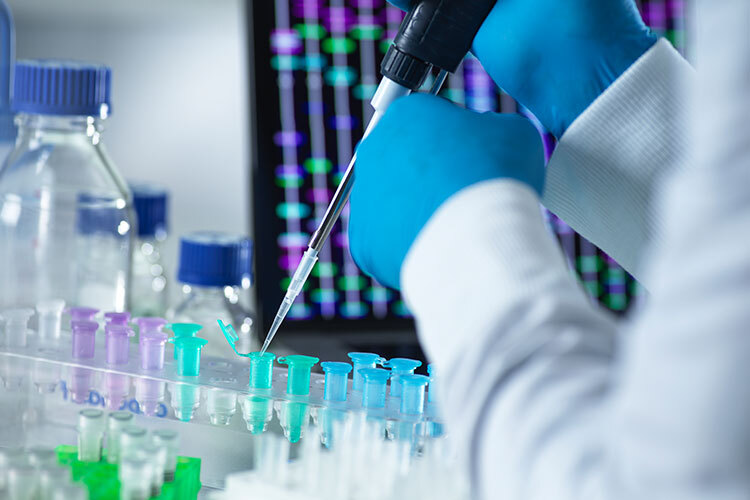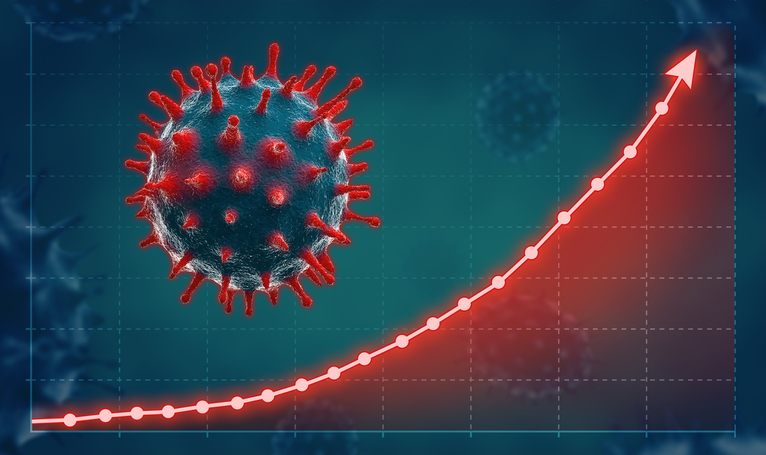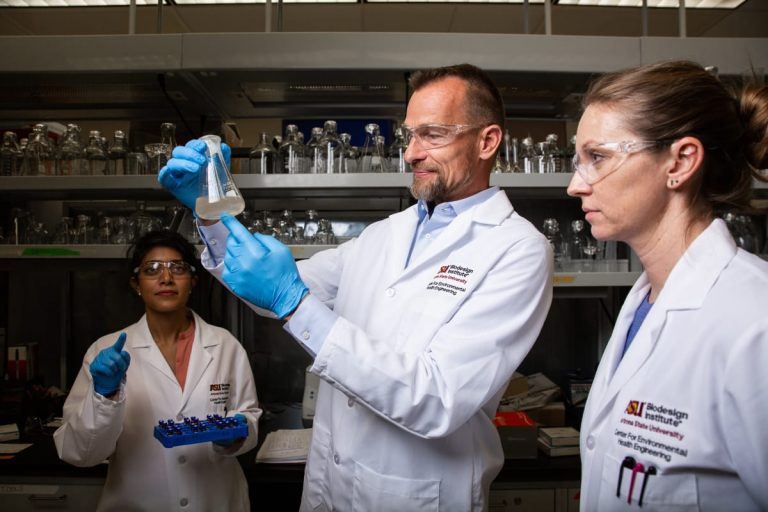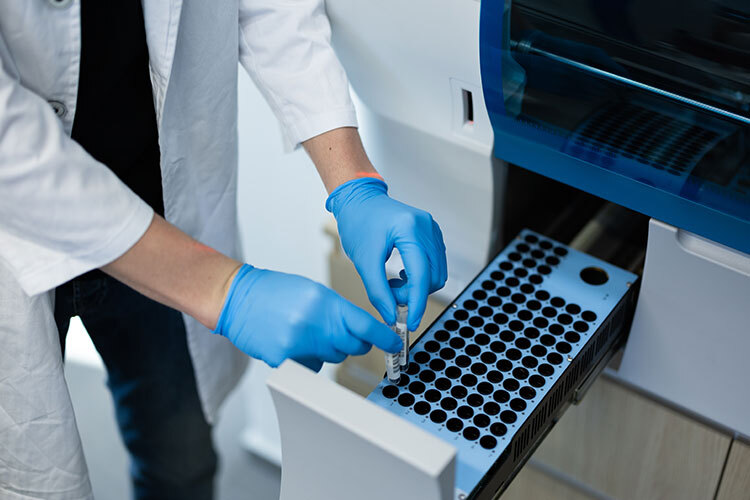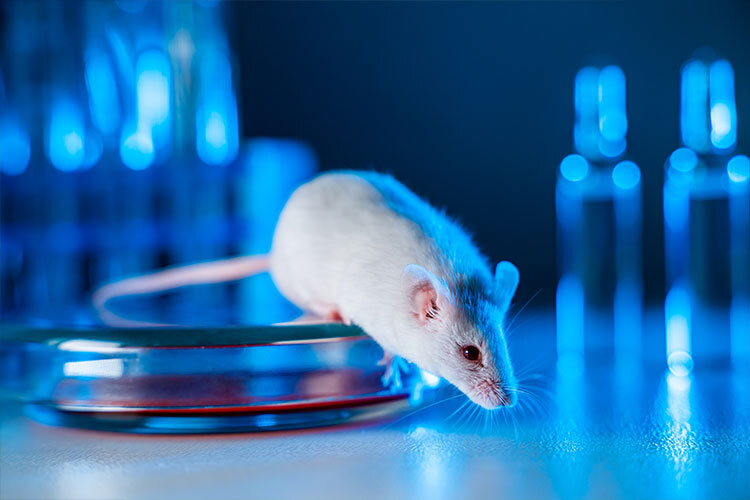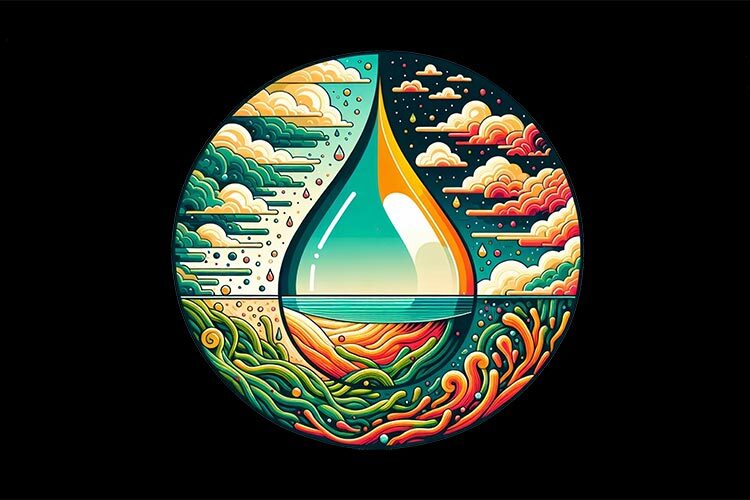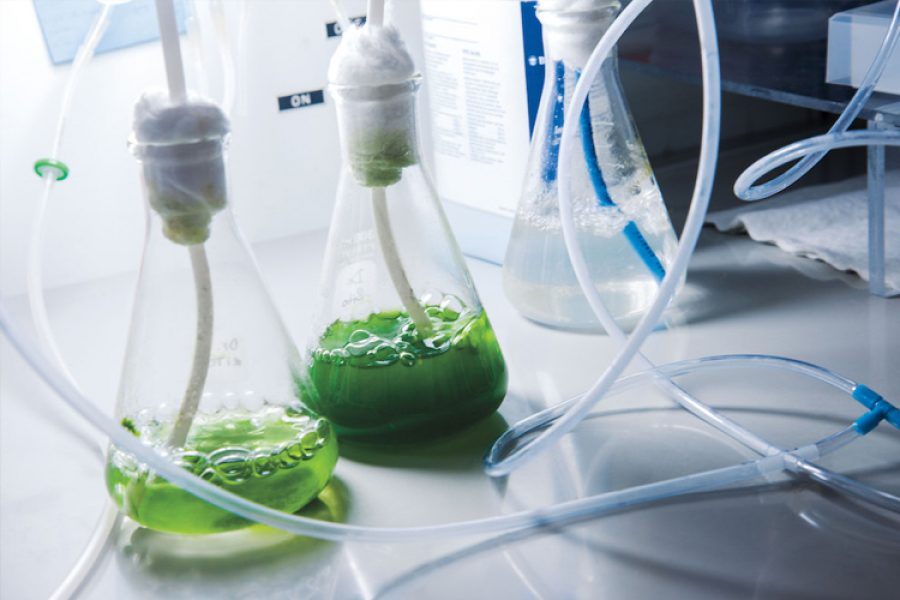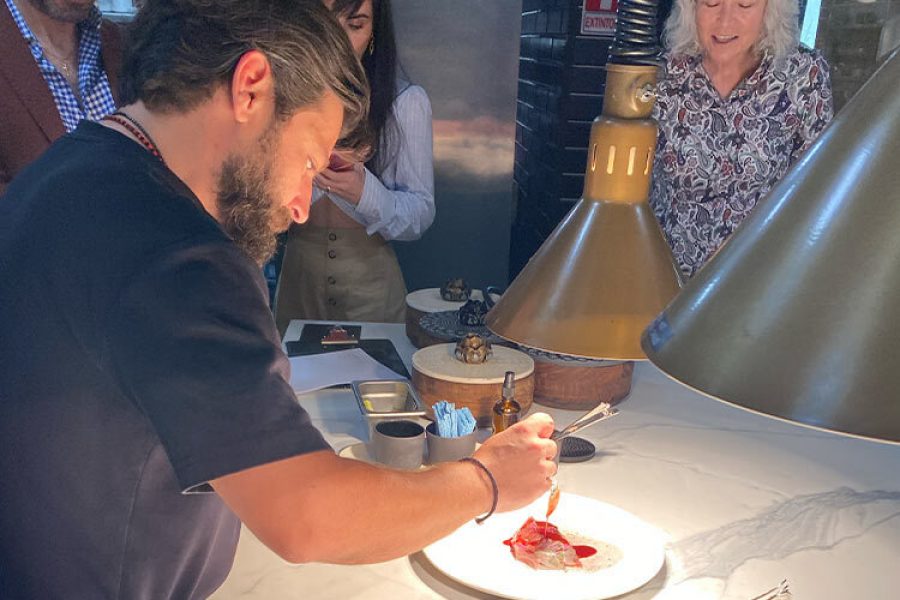Although the roots of biotechnology are somewhat nebulous due to its evolution alongside technological advancements, experts agree it began in 1917 during World War I, characterized by its synergy between engineering and biology. But what exactly are the applications of biotechnology?
In the introduction to Robert Bud’s seminal book, The Uses of Life: A History of Biotechnology, he describes how the definition of biotechnology has always been somewhat elusive. Some see it as the use of microorganisms in industry, while others consider it the sequencing of living organisms’ DNA.
When the book was published in 1993, the human genome hadn’t been fully mapped, nor had Dolly, the first cloned mammal, been born. Nevertheless, as cited in Bud’s work, the standard definition remains: “It is the application of scientific and engineering principles to process biological agents for the production of goods and services.” Today, biotechnology finds its way into industries as diverse as healthcare, agriculture, and environmental management.
Applications of Biotechnology
To better understand, TecScience spoke with Cuauhtémoc Licona, Director of the FEMSA Biotechnology Center at Tec de Monterrey. He explains, “Biotechnology is a scientific field that uses living organisms to solve problems. This problem-solving aspect was crucial in my decision to pursue a career in this area.”
He adds, “Ultimately, it’s an engineering discipline where the knowledge you apply has practical uses. By convention, we categorize biotechnology by color: white, red, and green.”
Licona refers to the broad spectrum of biotechnology applications: green for agriculture and the utilization of agricultural waste, red for healthcare and drug development, and white for creating biomaterials to replace traditional fuels and biodegradable products.
“There’s also a focus on environmental biotechnology, dealing with pollution removal or contaminant detection in water, air, and food. And there’s even blue biotechnology, which relates to the ocean, offering solutions to marine problems and opportunities,” he elaborates.
Cristina Chuck, a biotechnology specialist at Tec de Monterrey, highlights that this discipline has been around for millennia, evident in foods and beverages like yogurt, wine, and beer—products of fermentation.
“It’s about using bacteria, fungi, and yeast to transform raw materials, produce enzymes, and merge the beauty of biology with practical processes,” she explains.
Chuck’s journey into biotechnology began after studying food engineering, drawn by the myriad applications in agriculture, livestock, enzyme production, and bio-product transformation.
Licona points to the rapid advancement in DNA sequencing as one of the most significant biotechnological breakthroughs, allowing scientists to decode and understand the genetic makeup of countless organisms.
“For me, it’s astonishing that we can now sequence anything alive and understand its DNA, where that information comes from, why it’s there, and its evolutionary processes,” he says.
According to Licona, another remarkable development is the technology that can detect a single drop of blood in a swimming pool.
On biotechnology’s agricultural applications, Chuck discusses genetic modifications to make seeds drought-resistant and better withstand sunlight and innovations in livestock breeding to produce more milk.
“In terms of raw material production and transformation, precision fermentation is a promising area for creating new ingredients and foods,” she shares.
Chuck cites efforts to synthetically produce proteins identical to those found in milk for people who are lactose intolerant or to mitigate the environmental impact of dairy farming.
However, altering dietary habits involves overcoming significant resistance due to ongoing misinformation about biotechnological processes in food.
Is Biotechnology the Answer?
Cuauhtémoc Licona is confident that biotechnology is essential for tackling the planet’s major issues, from climate change to diseases that could lead to pandemics.
One promising advance he mentions is phage technology, which designs viruses to target bacteria, offering an alternative to antibiotics, which are only temporary solutions.
“Antibiotics are not a cure-all; some bacteria are already resistant to everything. Now, we have technologies like phage therapy, where viruses are designed to treat bacterial infections,” he explains.
Conversely, Cristina Chuck argues that while biotechnology played a pivotal role during the Covid-19 pandemic, saving millions of lives, broader societal engagement is necessary to address complex challenges effectively.
“Our problems are increasingly intricate, and I don’t believe technology alone can provide the answers. It will require our collective human capacity for collaboration to devise comprehensive solutions,” she concludes.
Interested in this story? Want to publish it? Contact our content editor to learn more: marianaleonm@tec.mx
